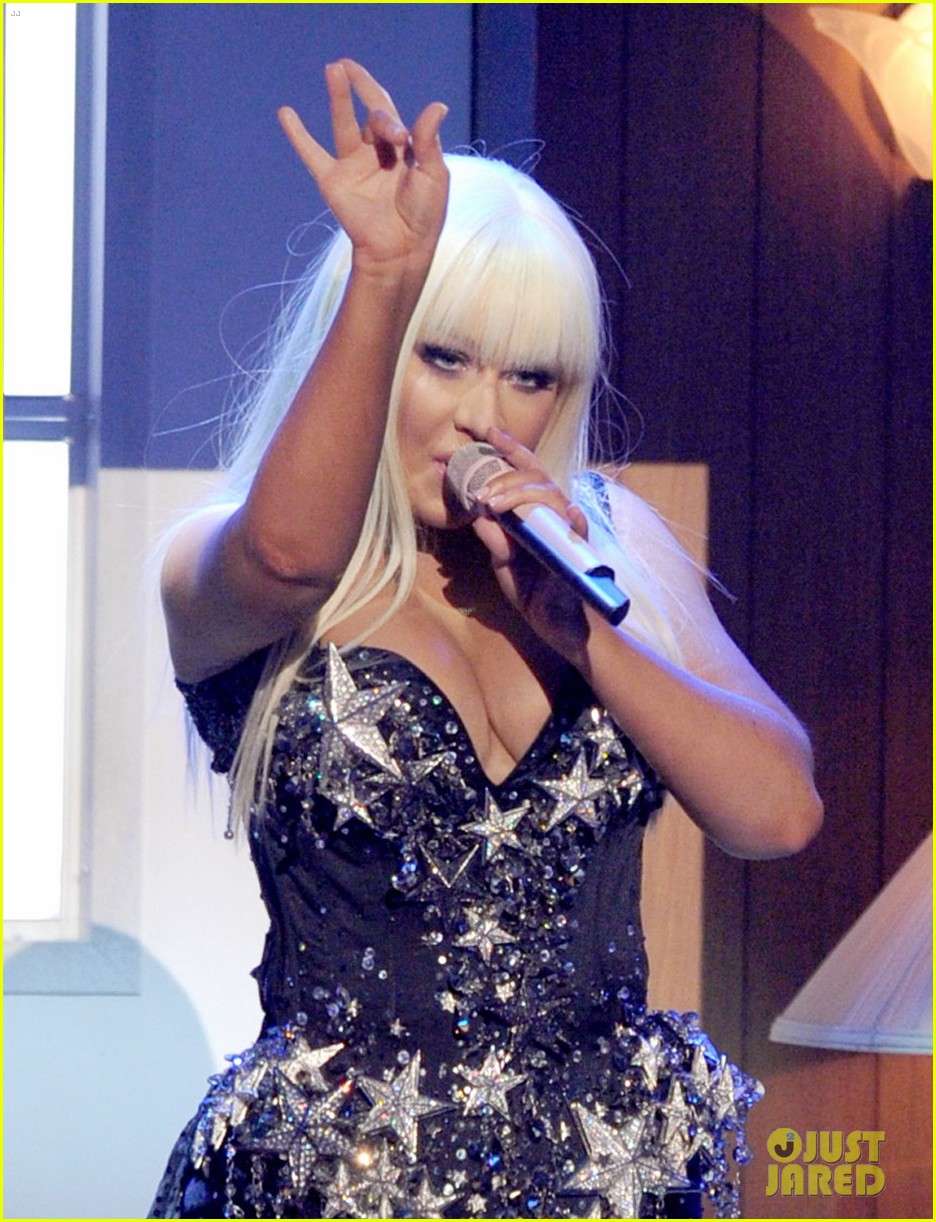
Intrasexual selection, via male competition, also causes a selection in voice pitch. Puts (2005) showed that preference for male voice pitch changed according to the stage of the menstrual cycle while Puts (2006) found women preferred lower male voices mainly for short-term, sexual relationships. Charles Darwin suggested that the human voice evolved through intersexual sexual selection, via female male choices. Even after controlling for body height and volume, the male voice remains lower. The upper pitch range of the human voice is, on average, about half as high in males as in females. Evolution of sexual dimorphism in human voice pitch There are exceptions, as in opera, where countertenors employ falsetto and coloratura sopranos use the whistle register notes from these registers would therefore be included in the vocal ranges of these voices. Typically only the usable pitches within the modal register-the register used in normal speech and most singing-are included when determining singers' vocal ranges. While the exact number and definition of vocal registers is a controversial topic within the field of singing, the sciences identify only four registers: the whistle register, the falsetto register, the modal register, and the vocal fry register.


These different forms of voice production are known as vocal registers. The human voice is capable of producing sounds using different physiological processes within the larynx. In contrast, a pop artist could include notes that could be heard with the aid of a microphone.Īnother factor to consider is the use of different forms of vocal production. An opera singer would therefore only be able to include the notes that they are able to adequately project over an orchestra within their vocal range. For example, within opera all singers must project over an orchestra without the aid of a microphone. This is because some of the notes a voice can produce may not be considered usable by the singer within performance for various reasons. Vocal pedagogists tend to define the vocal range as the total span of "musically useful" pitches that a singer can produce. While the broadest definition of "vocal range" is simply the span from the lowest to the highest note a particular voice can produce, this broad definition is often not what is meant when "vocal range" is discussed in the context of singing. Singing and the definition of vocal range

2 Evolution of sexual dimorphism in human voice pitch.1 Singing and the definition of vocal range.


 0 kommentar(er)
0 kommentar(er)
